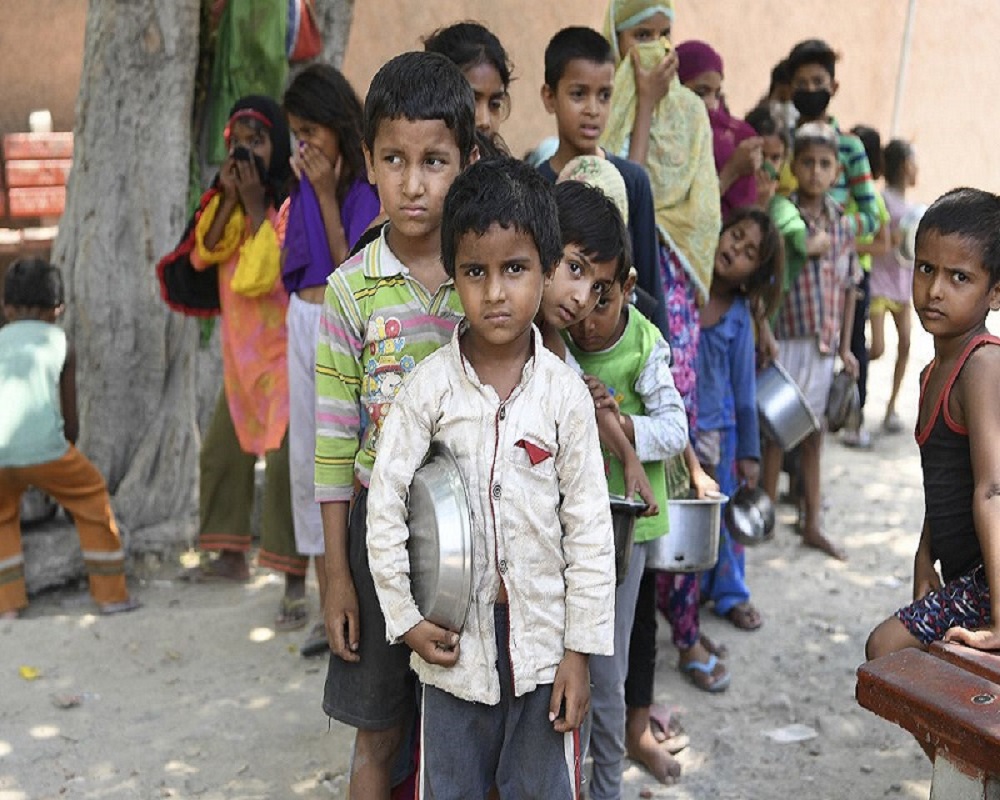In the intricate tapestry of healthcare, disparities persist, especially among underprivileged children. Access to quality healthcare is a fundamental right, yet a stark contrast exists between the healthcare privileges of different socioeconomic groups.
Addressing diseases among underprivileged children is not only a moral imperative but also a step toward building a healthier and more equitable society.
1. Accessible Primary Healthcare
One of the critical steps in addressing healthcare disparities is ensuring accessible primary healthcare. Underprivileged children often also lack regular access to basic medical services. Thus leading to undiagnosed and untreated illnesses.
Community health centers, mobile clinics, and outreach programs can also play a pivotal role in providing essential healthcare services to those in need.
2. Nutritional Support Programs
Malnutrition remains a pervasive issue among underprivileged children, affecting their overall health and resilience against diseases.
Implementing nutritional support programs, including supplementary feeding initiatives and educational campaigns on balanced diets, can significantly improve the health outcomes of these children.
3. Vaccination Drives
Vaccinations are a cornerstone of preventive healthcare, yet underprivileged children may face barriers in accessing them.
Implementing targeted vaccination drives, especially in marginalized communities, helps ensure that children are protected from preventable diseases. Thus contributing to the reduction of healthcare disparities.
4. Health Education Initiatives
Empowering communities with health education initiatives is crucial for building awareness and also for promoting preventive healthcare practices. Educational campaigns that focus on sanitation, hygiene, and disease prevention provide valuable knowledge to underprivileged families. Thus reducing the prevalence of communicable diseases.
5. Telehealth Services
In the era of digital connectivity, telehealth services can be a game-changer in addressing healthcare disparities. By leveraging technology, underprivileged children can access medical consultations, follow-up care, and health information remotely. This approach also breaks down geographical barriers and ensures timely healthcare interventions.
CONCLUSION
Addressing diseases among underprivileged children requires a multifaceted and comprehensive approach.
By prioritizing accessible primary healthcare, nutritional support, vaccination drives, health education initiatives, and leveraging telehealth services, we can begin to bridge the gap in healthcare disparities. It is not only a matter of ensuring the well-being of underprivileged children but also a step towards creating a more just and equitable society where every child has the opportunity to thrive, irrespective of their socio-economic background.
As we navigate the path towards universal health care access, the goal should always be to leave no child behind.
Click here to know more about “Examples of Health Disparities”

